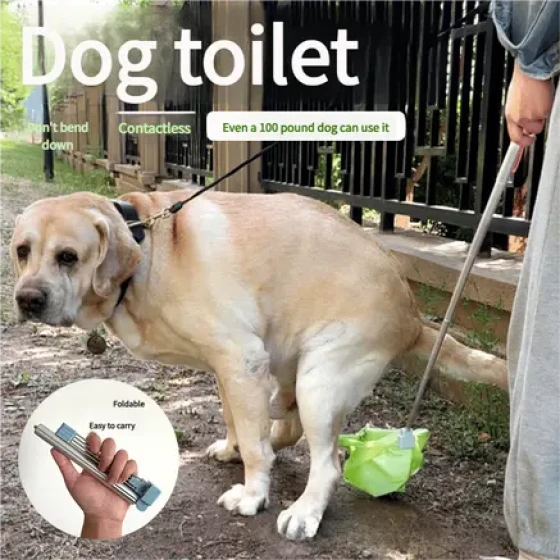Why Do Dogs Sometimes Choose to Walk in Curves

Dogs walking in curves is related to their alert mindset
If we pay more attention to observing dogs' behavior habits, we will find that when dogs discover certain targets or confront another dog, they usually do not walk in a straight line; instead, they often use a curved walking pattern. What does this behavior indicate about dogs, and why do they do this?
A large part of the reason dogs do this stems from their alertness. If a dog confronts another animal and walks straight toward the target, its direction and intended action become very easy for the opponent to judge. If the opponent is hostile, the dog can be easily attacked. But if the dog takes a big turn while walking, its next move is not so easy to predict. Even if the opponent has hostile and aggressive intentions, it will take some time to assess the dog's position and direction! This way, the dog gains some time for its offense or retreat and can achieve the element of surprise.
Therefore, when we see two dogs staring at each other while walking in circles, it is very likely that a fight will soon break out, or one of the dogs will choose to run away. At this time, the owner should take their dog away as soon as possible to avoid getting involved.

Curved walking is to prevent the opponent from judging their actions
Dogs are easily emotionally excited, and puppies especially tend to get very hyper. When they are very excited, they will be lively and bouncy when walking, zigzagging like a mischievous child refusing to walk properly, expressing their excitement and joy through curved walking.
How to handle this: from an early age, dogs should develop good psychological qualities and learn to remain calm in changing situations. But this should not suppress their lively nature. If it doesn’t bother others, allowing dogs to run and jump happily for a while is fine. After calming down, dogs will feel that walking this way is tiring and will walk properly. When dogs get older, they will naturally choose the easiest way to walk.
When dogs are just learning to walk or are sick
Puppies just learning to walk usually do not walk straight because their bones are not fully developed. Walking zigzag or in curves makes walking more comfortable for them. For adult dogs, due to strong curiosity, some may imitate the walking style of cats or other animals after being influenced, such as learning to stalk silently. Also, when dogs are sick or nutritionally deficient, their walking can become abnormal. For example, large dogs with severe calcium deficiency may be unable to walk normally.

Bone problems can also cause dogs to walk in curves
How to handle this: maintain a balanced diet regularly. If you find your dog has calcium deficiency, you should supplement appropriately, but be careful with the dosage because excessive calcium can have adverse effects. If you feel tired walking following your dog’s zigzag or scattered path, you can buy a retractable leash so they can walk along their route while you go as you wish.
Dogs choose to walk in curves partly due to their naturally alert character. Of course, illnesses and bone problems can also cause curved walking. If it’s caused by bone issues, treatment should be started early to prevent worsening effects.





